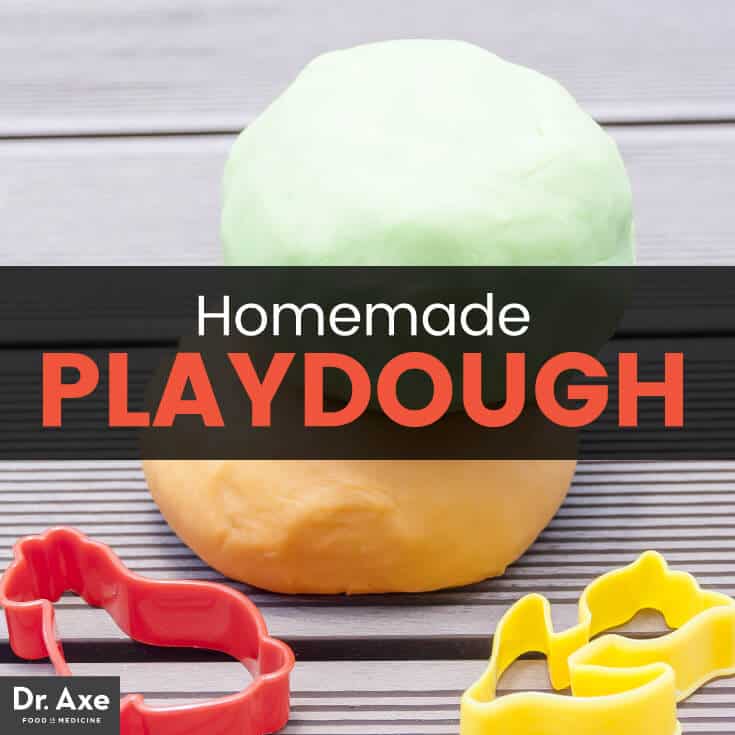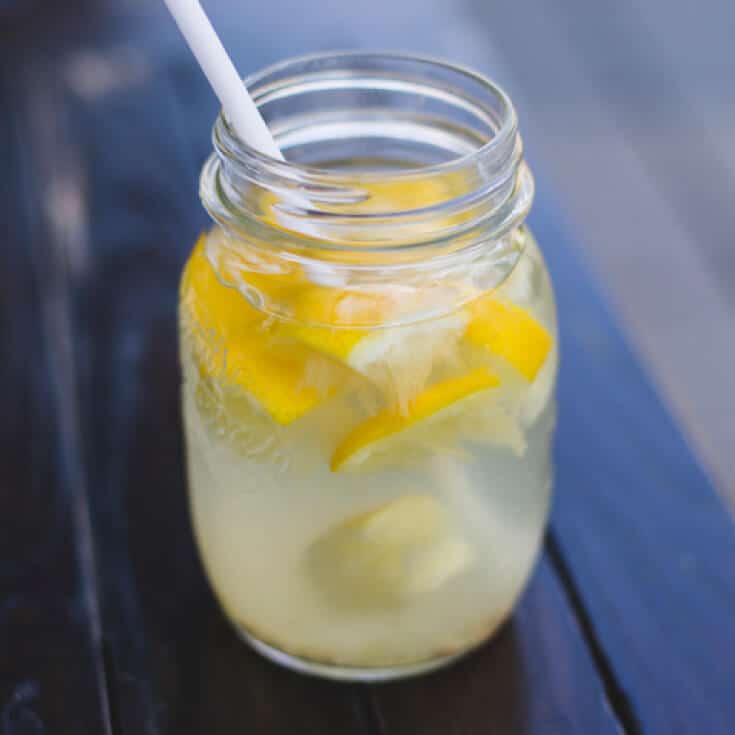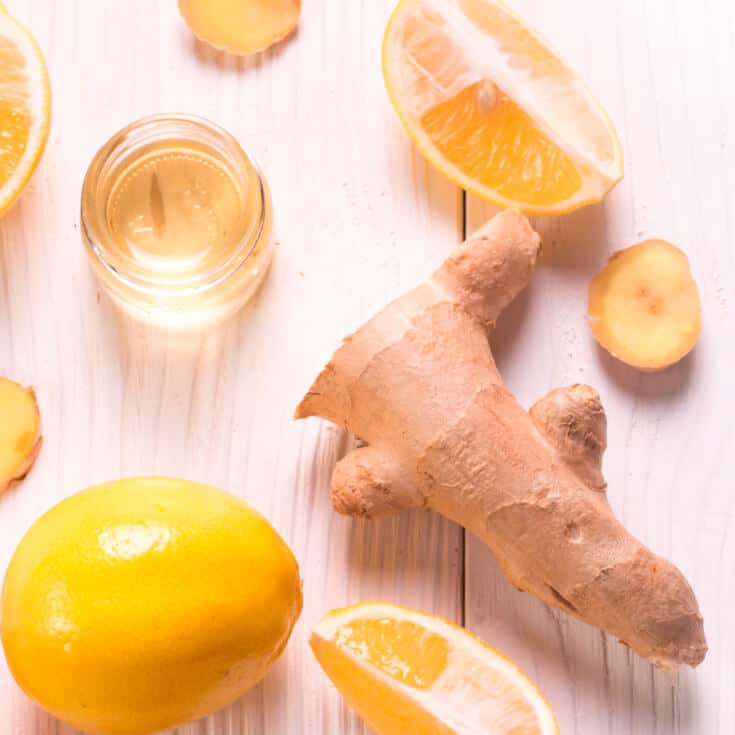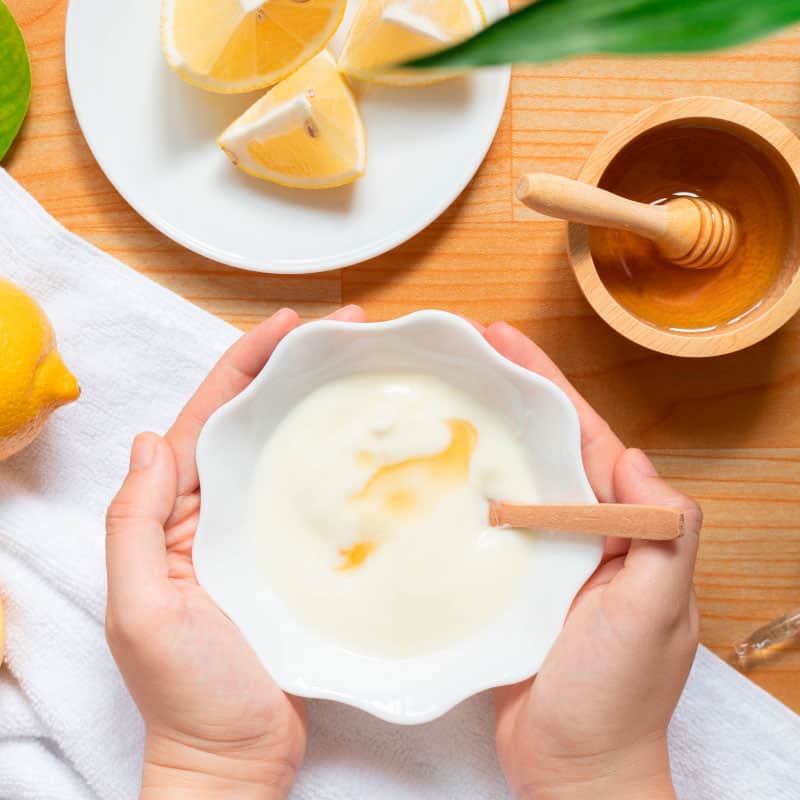This Dr. Axe content is medically reviewed or fact checked to ensure factually accurate information.
With strict editorial sourcing guidelines, we only link to academic research institutions, reputable media sites and, when research is available, medically peer-reviewed studies. Note that the numbers in parentheses (1, 2, etc.) are clickable links to these studies.
The information in our articles is NOT intended to replace a one-on-one relationship with a qualified health care professional and is not intended as medical advice.
This article is based on scientific evidence, written by experts and fact checked by our trained editorial staff. Note that the numbers in parentheses (1, 2, etc.) are clickable links to medically peer-reviewed studies.
Our team includes licensed nutritionists and dietitians, certified health education specialists, as well as certified strength and conditioning specialists, personal trainers and corrective exercise specialists. Our team aims to be not only thorough with its research, but also objective and unbiased.
The information in our articles is NOT intended to replace a one-on-one relationship with a qualified health care professional and is not intended as medical advice.
How to Make Homemade Playdough (that’s Gluten-Free)
February 20, 2017

Playdough is that fun flexible dough-like substance that has been a long-time favorite in most households — and still is today. But there can be consequences with traditional “Play-doh” that most of us played with as kids. While it seems harmless, many products such as playdough, can be hazardous, especially if it gets into the mouth. Let’s talk about the health concerns of most store-bought playdough before we talk about how to make homemade playdough.
What’s In Hasbro Play-Doh?
According to a statement on the Hasbro, maker of Play-Doh, website: “The exact ingredients of Play-Doh compound are proprietary, so we cannot share them with you. We can tell you that it is primarily a mixture of water, salt and flour. It does NOT contain peanuts, peanut oil, or any milk byproducts. It DOES contain wheat.”
According to Hasbro, “Play-Doh compound is non-toxic, non-irritating and non-allergenic except as noted: Children who are allergic to wheat gluten may have an allergic reaction to this product. Also, due to the high salt content in Play-Doh compound, the product can be harmful to pets if ingested.” (1)
Wired Magazine goes into more detail with some of these facts about each ingredient: (2)
Flour and water
There was a patent in 1965 that called for hard winter wheat, which contains a lot of “bindy, springy gluten”; new Play-Doh formulations allow for wheat, rice, rye and even tapioca. So it is not gluten-free, which means if your child has a gluten or wheat, allergy, and Play-Doh gets into their mouth (or in some cases, absorbed through the skin), it may cause him or her to develop an allergic reaction.
Salt
Salt is used to bind up extra water so that it has the density it needs. If it contains too much water, it will be soupy.
Amylopectin
This ingredient keeps the dough pliable, helping it to avoid clumping. It is actually a plant-based starch. (3)
Mineral or vegetable oil
Mineral or vegetable oil helps keep the playdough moist while avoiding stickiness.
Fragrance
There isn’t a lot of information about the fragrance, as Hasbro keeps this hush hush, but there are potentially synthetic scents so allergic reactions (or worse) could occur due to these ingredients that make up the “Play-doh” smell.
Aluminum sulfate
This ingredient help stiffen the wheat gluten molecules. It contains a bitter taste, which may help keep it out of curious mouths.
Borax
An alkaline mineral, borax is not meant to be eaten, but Hasbro claims it is used to prevent bacteria and mold from forming. Sodium borate, also known as borax, and boric acid are added to many products as cleaning agents, enzyme stabilizers or for other functions. They may disrupt the hormone system and cause breathing problems. (4, 5)
PEG 1500 Monostearate
This is an ingredient that is a white waxy solid used in conjunction with the mineral or vegetable oil to reduce stickiness while avoiding a slimy texture.
Color
Back in 1956, Play-Doh was only available in off-white. Red, blue and yellow came into the picture in 1957 making way to 43 colors to date. It has been stated that all of them meet the American Society for Testing and Materials standard for nontoxicity.
However, artificial coloring is used. It’s important to note that these beautiful, playful colors may encourage children to take a taste test. In 2004 and 2007, there were three landmark studies published from Stevenson & colleagues at Southampton University, suggesting that children who consume artificial coloring may have decreased attention and hyperactive behavior, or ADHD. Additionally, artificial coloring has been linked with allergic reactions. (6)
How to Make Homemade, Gluten-Free Playdough
Now that you have an understanding of the ingredients in conventional playdough, let’s take it further and make our own! It is safer and if your child has allergies, homemade playdough is definitely a better choice.
In a sauce pan, stir the flour, sea salt, and cream of tartar. There are numerous choices for gluten-free flours available. I suggest you experiment with which ones work best for the consistency of playdough that you want. Brown rice flour may be a better option since it tends to be the least allergenic. Regardless of which gluten-free flour you choose, the goal is to achieve a moist, pliable, springy and smooth texture.
Salt is important to help bind everything together and to reduce water content in your mixture. Table salt can be okay to use but sea salt is better, just make sure it is fine ground to achieve the right texture. Cream of tartar is actually a byproduct of winemaking, but it isn’t alcoholic. It’s commonly used as a stabilizer in food products such as whipped cream and meringues, and this stabilization is the purpose for our homemade playdough because it affects the elasticity. Without it, you may have very crumbly, dry playdough and that will not keep the attention of your kids for long. It can also make a mess. (7)
Add the water, olive oil and blend until smooth. For white, do not add food-colored water, but if you want consistency with colors, you will want to use food-colored water when mixing these ingredients. If you try to mix in food color after, your homemade playdough will be splotchy. Regardless, water is needed to provide moisture, helping to blend the ingredients as is olive oil. The oil also helps prevent drying out of the playdough.
Now that all ingredients have been blended in the pan, turn on the heat to just above low, and stir until you have formed a ball. Once the playdough has reached the consistency you want, remove it from the heat. Let it to cool for about 5 minutes. Now, press a small indention into one side and add the 100 percent pure lavender essential oil, then thoroughly knead it into the ball. Lavender is my oil of choice for this recipe because it can have a calming affect on children. It is also less sensitive to the eyes.
Tips for your homemade playdough:
- To make more, double the recipe.
- To make it less sticky, add more flour.
- If it is too dry, add a little more water or oil.
- Store in a sealed bag or air-tight container to prevent it from drying out. Keeping it in the refrigerator will make it last longer.
- Natural colors can be easily made right at home. Mommypotamus has provided some great food coloring recipes.
Not interested in making homemade playdough? You can purchase gluten-free playdough as reported by CeliacFamily.org. The brand they suggest is Colorations® Wheat & Gluten-Free Dough. (8)
Precautions
Choking can occur and any form of playdough should not be given to children under 18 months of age. Always makes sure children are under supervision.
Additionally, all playdough may be a hazard to dogs because of the salt toxicity. This may cause brain swelling, seizures and comas, and is usually fatal. Keep any form of playdough away from dogs at all times.
How to Make Homemade Playdough (that’s Gluten-Free)
Ingredients:
- 1 cup of gluten-free flour or white rice flour
- 1 tablespoon of cream of tartar
- ½ cup of sea salt
- ½ cup of hot water (for colors, use food colored water or purchase natural decorating colors)
- 1–2 tablespoons olive oil
- 5–8 drops lavender essential oil
Directions:
- On medium-low heat combine all ingredients into a pan. Blend well until it forms a ball.
- Knead the lavender essential oil into the ball.
- Store in an airtight container.
Comments
Please keep comments under 200 characters.












I’m sorry, but the recipe didn’t work for me at all. It’s either too dry and breaks up or too sticky and tough to shape. It also has a lot of sea salt so it’s very prickly and sand like. If that’s the texture you’re going for, go for it. But personally I’d prefer something smoother and softer to be kid friendly and therapeutic.